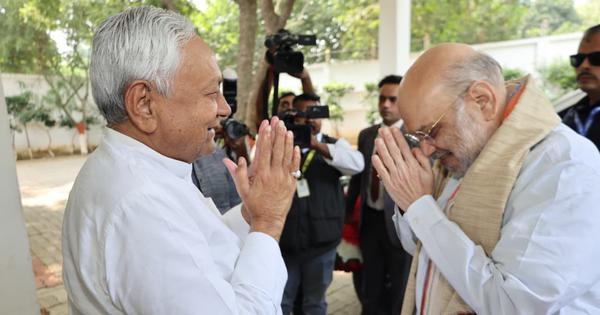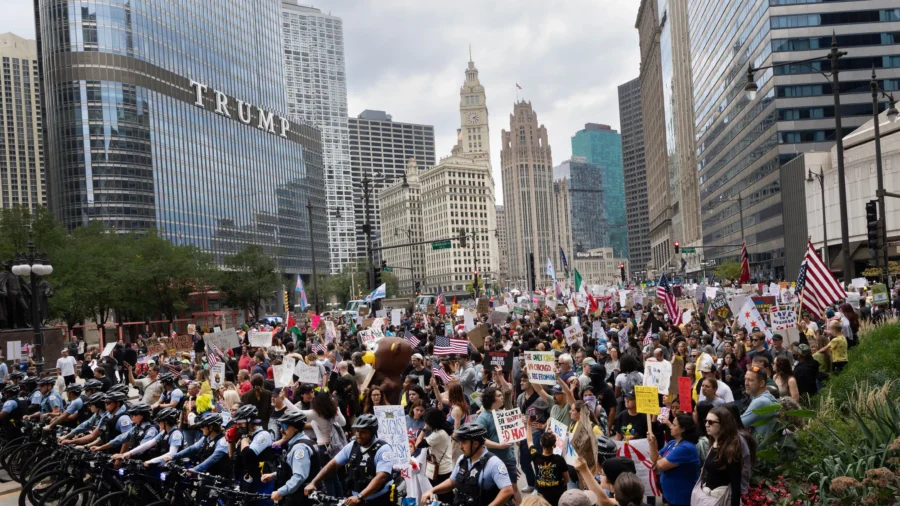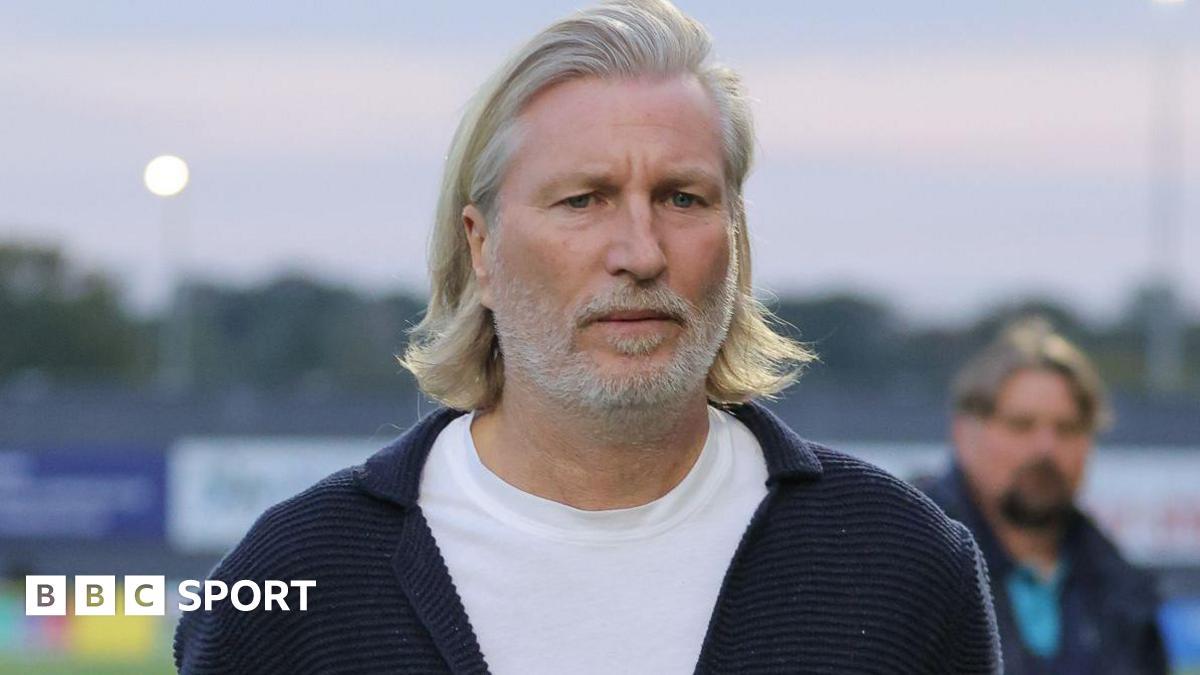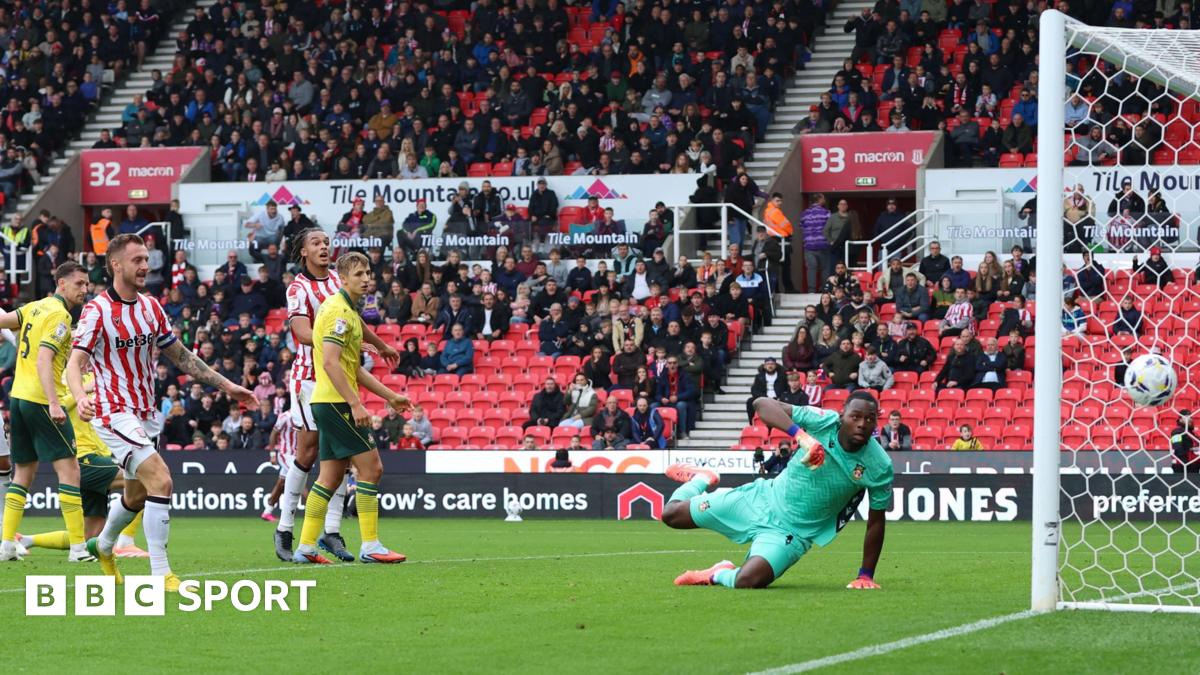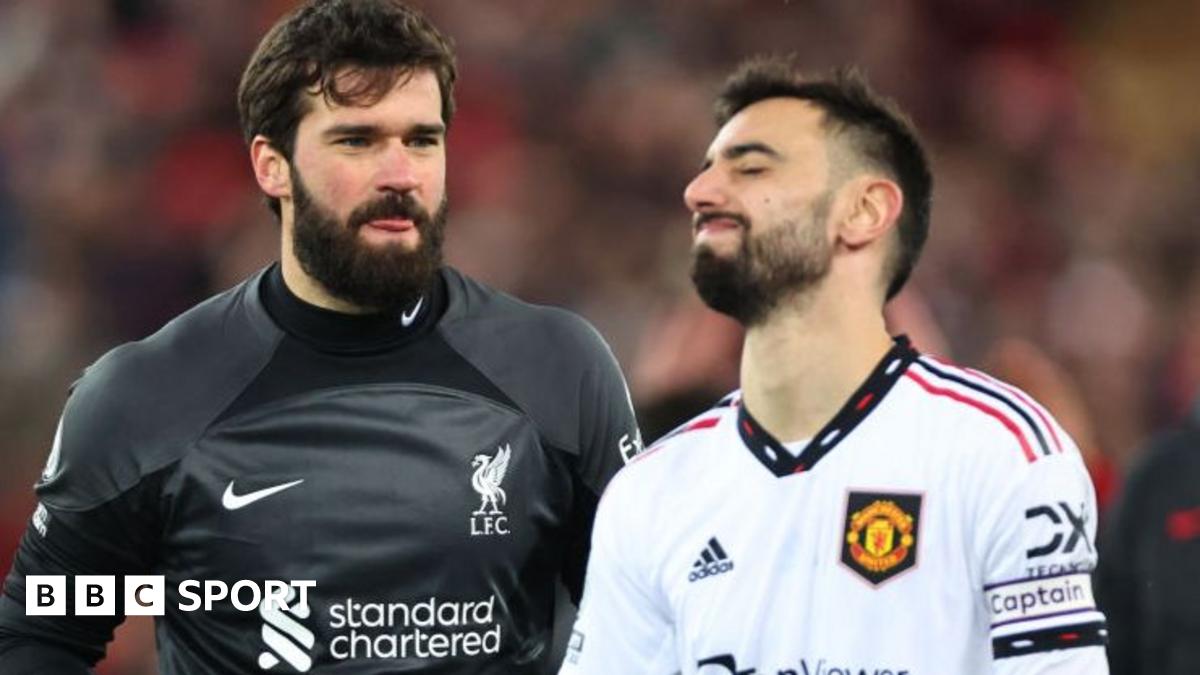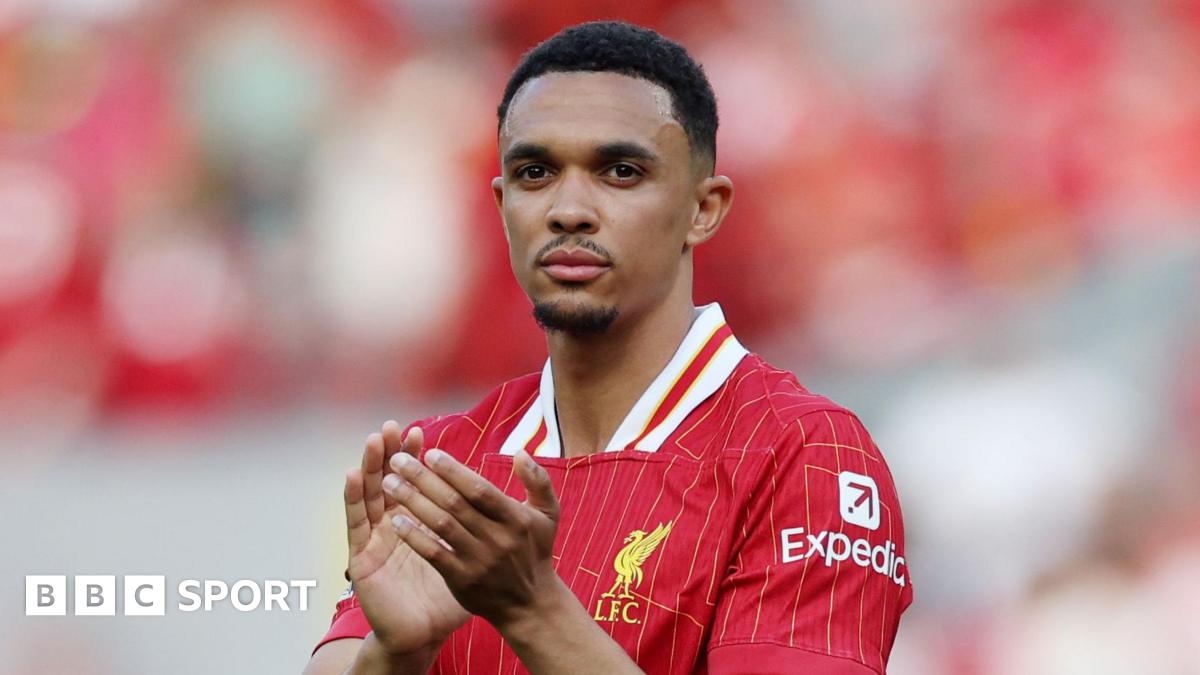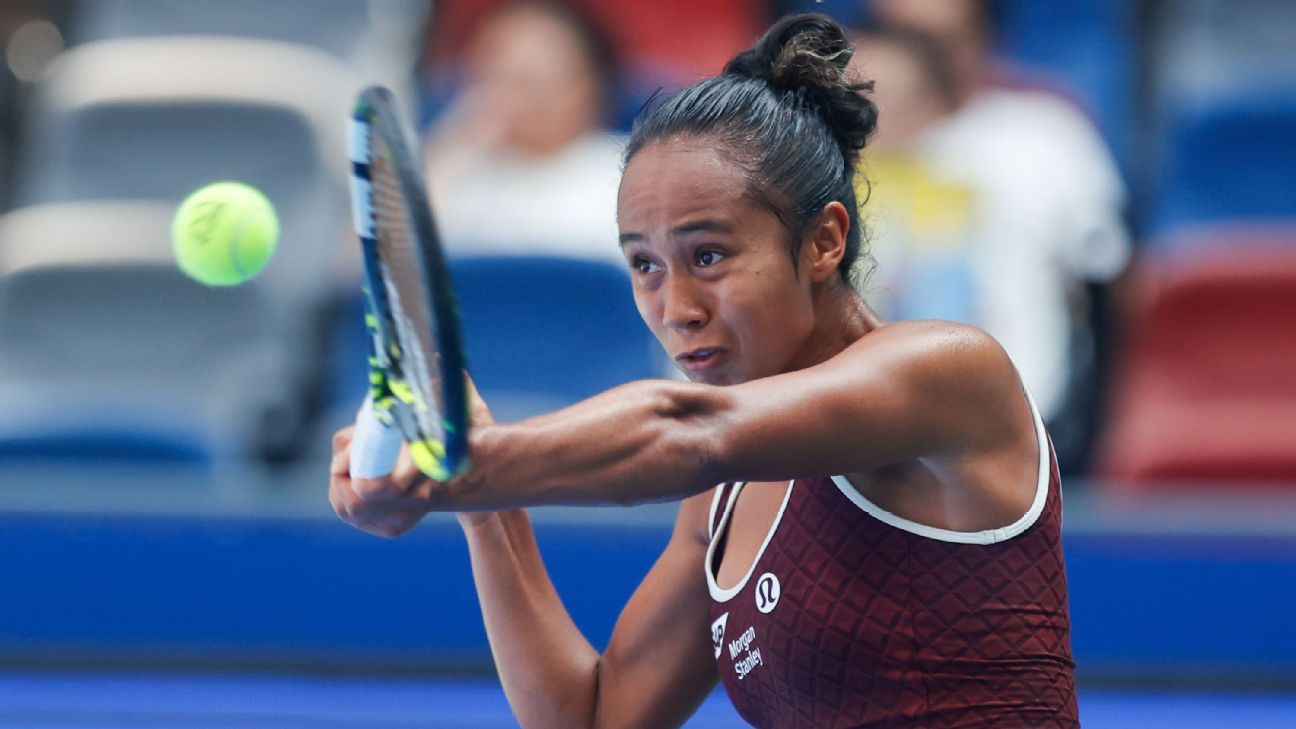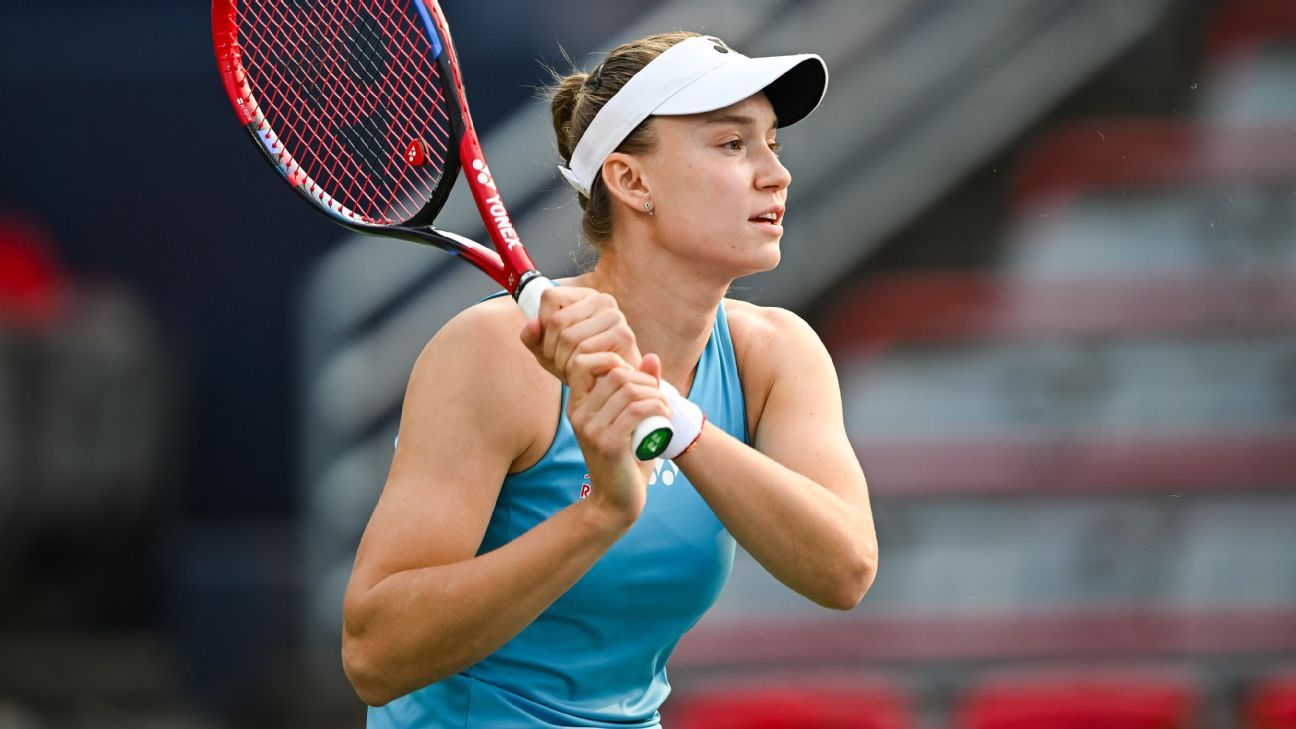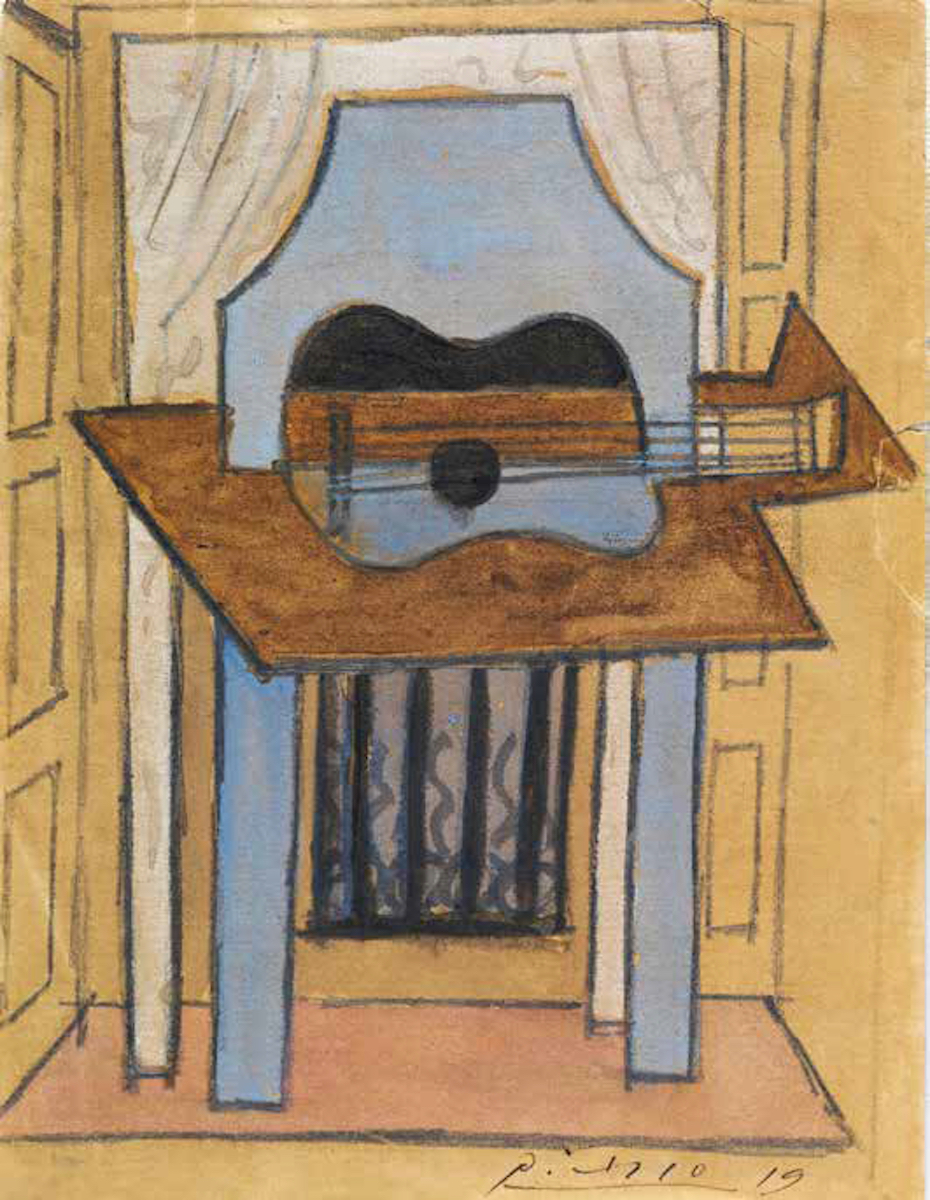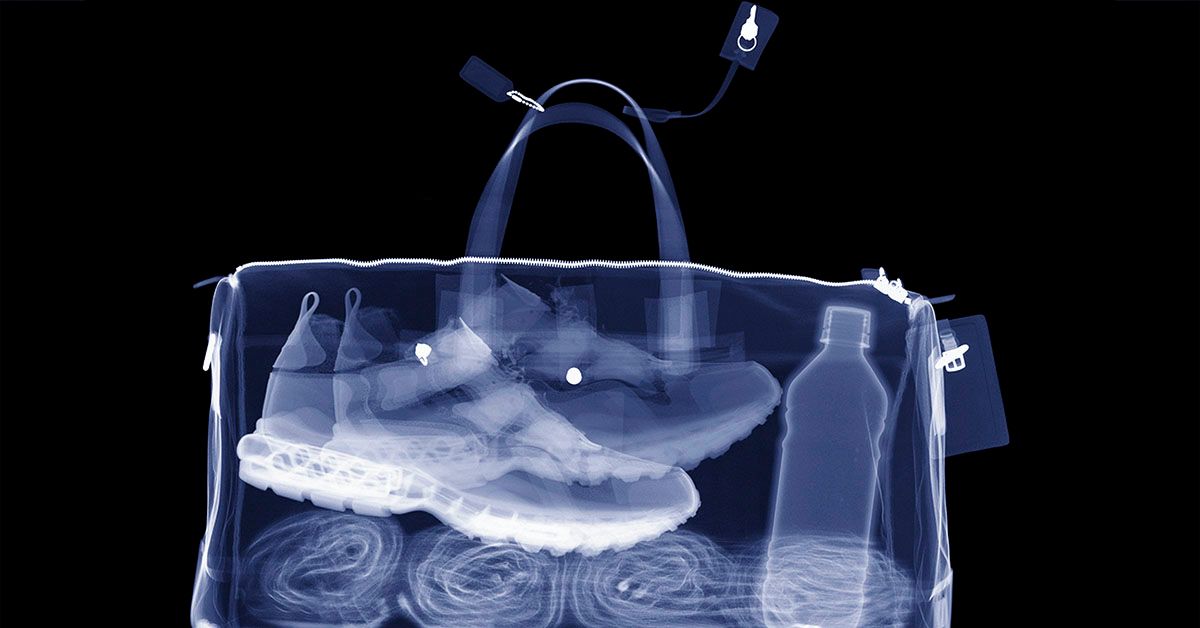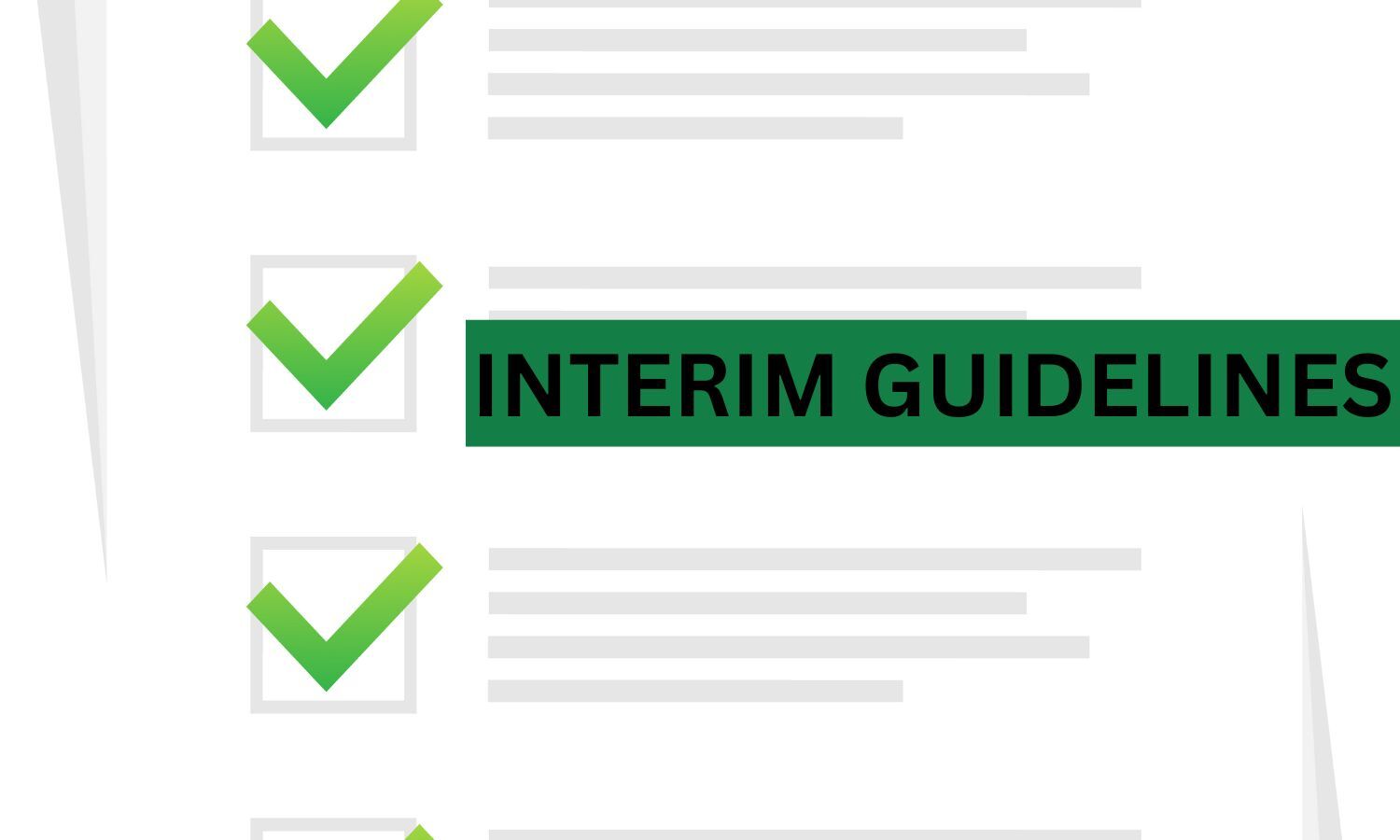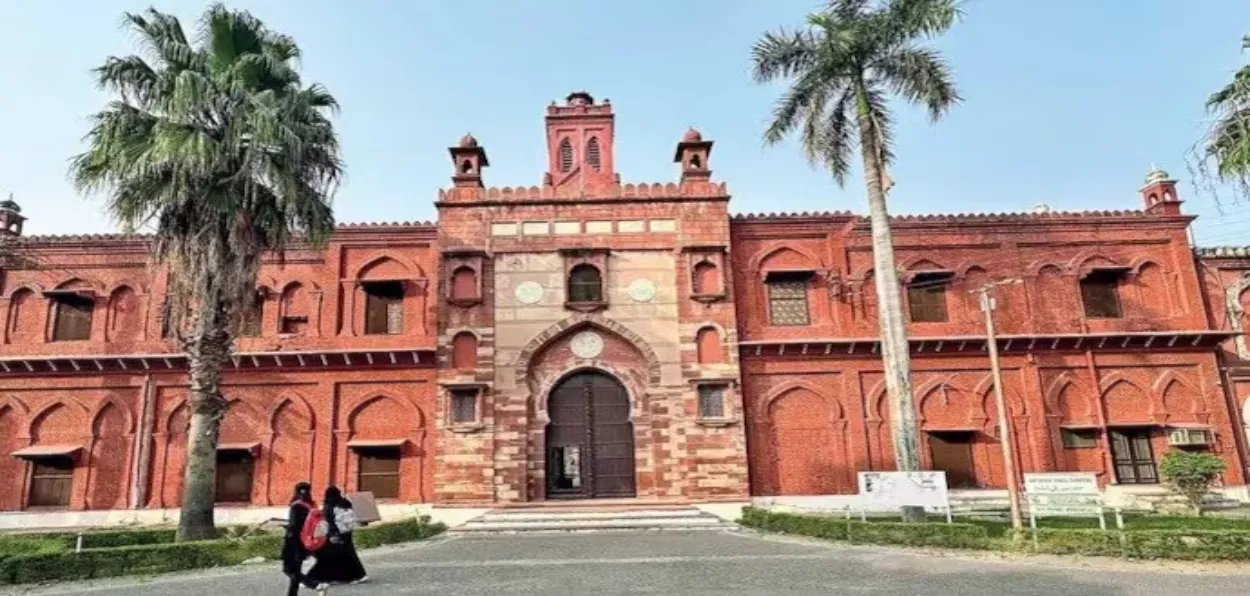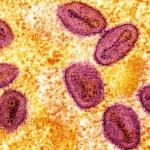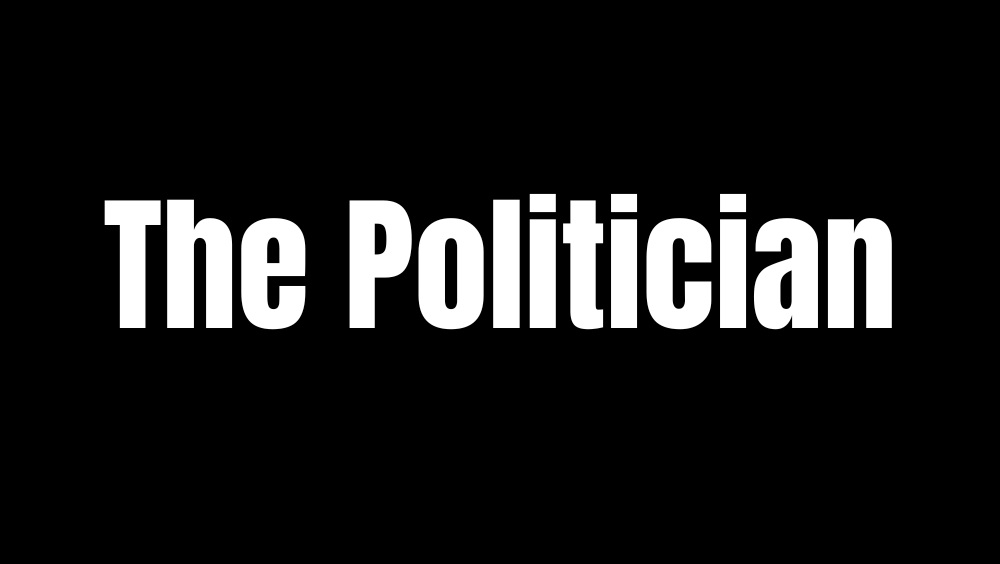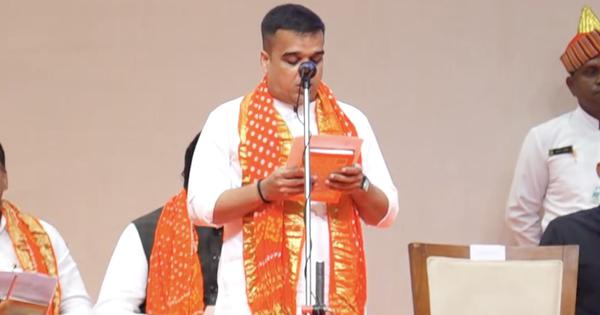Gujarat cabinet reshuffle: BJP brings back its trusted formula to beat anti-incumbency and shape the 2027 election strategy
The Bharatiya Janata Party (BJP) has once again reshuffled its Gujarat cabinet, continuing its practice of making big political changes every two to three years. This latest change has come exactly two years before the 2027 Assembly elections. However, unlike previous times, the Chief Minister remains the same. Bhupendrabhai Patel continues to lead the government, but new faces have been added to the cabinet, along with promotions for some of the important ministers. The most prominent among these is Harsh Sanghvi, who has been promoted from Minister of State to Deputy Chief Minister. The cabinet now consists of 26 ministers, up from 16 in the last one, and it has a more complete appearance. Looking at the cabinet, it seems that it has been designed keeping in mind the upcoming elections. Ministers who delivered and gained a reputation for competence have been rewarded, while those who were involved in controversies have been asked to leave. Some names were dropped as a balancing act on caste and regional equations so that the BJP keeps its social support base intact in Gujarat. This reorganisation is not new, it’s a part of the BJP’s overall strategy to counter anti-incumbency and maintain the organisation fresh before every election. The BJP has been in power in Gujarat for nearly three decades now, and as expected, some amount of anti-incumbency does accumulate over the years. Despite the fact that there is no real opposition in the state at present, the party understands the fact that complacency can prove dangerous. By changing its ministry from time to time, the BJP maintains high public hopes and keeps discontent from accumulating. This strategy has worked for the party every single time in the past. Similarly, when Anandiben Patel’s government faced widespread protests in 2015, including the Patidar agitation, the BJP replaced her with Vijay Rupani. At that time, the opposition thought it had a real chance to capture power, but the new leadership change helped the BJP minimise losses and retain power in the 2017 elections. Again, during the COVID-19 pandemic, the Vijay Rupani government faced strong criticism from the public. As with all other states, Gujarat also experienced anger and frustration because of the crisis. There were many other reasons for it, too, some veteran ministers had been ruling for decades, and the people were craving change. The BJP went one step ahead again, just before the 2022 elections, and decided to change the entire government, including the Chief Minister. That risk paid off; the party was back in power with a historic win. The BJP’s formula is easy: if there’s growing dissatisfaction, hange the face of the government. Once the old lot disappears, people’s anger dissipates, and fresh hopes are generated. This renews people’s expectations and provides the ruling party with a new lease of life. For years, this has been the BJP’s proven technique in Gujarat, and it has succeeded every time. This time, however, the replacement of Chief Minister Bhupendrabhai Patel was not necessary. He still has a clean image and is not personally targeted. The BJP leadership must have realised that there was no need to do something radical at the top. They instead concentrated on reinforcing the team around him. Patel will be the government’s face until 2027, but it is also evident that other leaders are now also making their mark in Gujarat’s politics. Among them, the rise of Harsh Sanghvi stands out the most. His promotion from Minister of State to Deputy Chief Minister was almost certain. Sanghvi has become one of the most visible faces of the government, both because of his strong social media presence and his active engagement with public issues. As Minister of State for Home, he handled his responsibilities efficiently, often stepping in to resolve matters that fell under other departments. He has earned a reputation as a dynamic, result-oriented leader who gets things done. Now, as Deputy Chief Minister, Sanghvi has been allotted the Home portfolio, something which has not happened in Gujarat for years. The Home department has always been with the Chief Minister traditionally. Even Narendra Modi retained it with him when he was the Chief Minister. The choice of allotting it to Sanghvi is a clear indication that his role in the government has become extremely significant. He is now expected to be a key player in Gujarat politics for years to come. In many ways, the BJP has found in him the next big face of Gujarat’s leadership, someone who can carry forward Modi’s legacy in the state. At the same time, the cabinet reshuffle reflects careful social and caste balancing, a crucial aspect of Indian politics. Every major community and region has been given representation to maintain harmony within the party’s voter base. From Patidars to OBCs, from tribals to urban communities, the BJP has ensured that no section feels left out. This reshuffle was
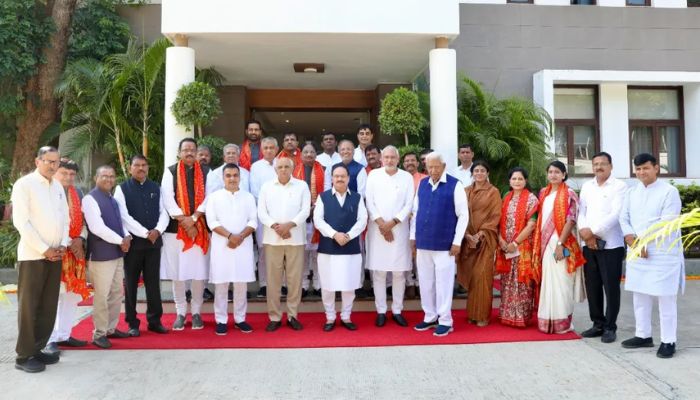


The Bharatiya Janata Party (BJP) has once again reshuffled its Gujarat cabinet, continuing its practice of making big political changes every two to three years. This latest change has come exactly two years before the 2027 Assembly elections. However, unlike previous times, the Chief Minister remains the same.
Bhupendrabhai Patel continues to lead the government, but new faces have been added to the cabinet, along with promotions for some of the important ministers. The most prominent among these is Harsh Sanghvi, who has been promoted from Minister of State to Deputy Chief Minister. The cabinet now consists of 26 ministers, up from 16 in the last one, and it has a more complete appearance.
Looking at the cabinet, it seems that it has been designed keeping in mind the upcoming elections. Ministers who delivered and gained a reputation for competence have been rewarded, while those who were involved in controversies have been asked to leave. Some names were dropped as a balancing act on caste and regional equations so that the BJP keeps its social support base intact in Gujarat. This reorganisation is not new, it’s a part of the BJP’s overall strategy to counter anti-incumbency and maintain the organisation fresh before every election.
The BJP has been in power in Gujarat for nearly three decades now, and as expected, some amount of anti-incumbency does accumulate over the years. Despite the fact that there is no real opposition in the state at present, the party understands the fact that complacency can prove dangerous. By changing its ministry from time to time, the BJP maintains high public hopes and keeps discontent from accumulating. This strategy has worked for the party every single time in the past.
Similarly, when Anandiben Patel’s government faced widespread protests in 2015, including the Patidar agitation, the BJP replaced her with Vijay Rupani. At that time, the opposition thought it had a real chance to capture power, but the new leadership change helped the BJP minimise losses and retain power in the 2017 elections.
Again, during the COVID-19 pandemic, the Vijay Rupani government faced strong criticism from the public. As with all other states, Gujarat also experienced anger and frustration because of the crisis. There were many other reasons for it, too, some veteran ministers had been ruling for decades, and the people were craving change. The BJP went one step ahead again, just before the 2022 elections, and decided to change the entire government, including the Chief Minister. That risk paid off; the party was back in power with a historic win.
The BJP’s formula is easy: if there’s growing dissatisfaction, hange the face of the government. Once the old lot disappears, people’s anger dissipates, and fresh hopes are generated. This renews people’s expectations and provides the ruling party with a new lease of life. For years, this has been the BJP’s proven technique in Gujarat, and it has succeeded every time.
This time, however, the replacement of Chief Minister Bhupendrabhai Patel was not necessary. He still has a clean image and is not personally targeted. The BJP leadership must have realised that there was no need to do something radical at the top. They instead concentrated on reinforcing the team around him. Patel will be the government’s face until 2027, but it is also evident that other leaders are now also making their mark in Gujarat’s politics.
Among them, the rise of Harsh Sanghvi stands out the most. His promotion from Minister of State to Deputy Chief Minister was almost certain. Sanghvi has become one of the most visible faces of the government, both because of his strong social media presence and his active engagement with public issues. As Minister of State for Home, he handled his responsibilities efficiently, often stepping in to resolve matters that fell under other departments. He has earned a reputation as a dynamic, result-oriented leader who gets things done.
Now, as Deputy Chief Minister, Sanghvi has been allotted the Home portfolio, something which has not happened in Gujarat for years. The Home department has always been with the Chief Minister traditionally. Even Narendra Modi retained it with him when he was the Chief Minister.
The choice of allotting it to Sanghvi is a clear indication that his role in the government has become extremely significant. He is now expected to be a key player in Gujarat politics for years to come. In many ways, the BJP has found in him the next big face of Gujarat’s leadership, someone who can carry forward Modi’s legacy in the state.
At the same time, the cabinet reshuffle reflects careful social and caste balancing, a crucial aspect of Indian politics. Every major community and region has been given representation to maintain harmony within the party’s voter base. From Patidars to OBCs, from tribals to urban communities, the BJP has ensured that no section feels left out.
This reshuffle was expected, it was only a matter of time. Now, the new team will govern till the 2027 elections, which will once again test the BJP’s long-standing hold over Gujarat.
Meanwhile, the Aam Aadmi Party (AAP) has tried to take credit for the changes, claiming that its growing presence in Gujarat forced the BJP to revamp the cabinet. AAP leaders argue that their leader Gopal Italia’s victory in Visavadar and their protests over farmers’ issues have shaken the BJP’s confidence. Some social media influencers and YouTube personalities associated with AAP have also been propagating this claim over the internet.
But the truth is otherwise. The fact is that the Aam Aadmi Party is not yet a significant force in Gujarat, which necessitates a complete change in the cabinet. Making noise on social media does not amount to a real political challenge. On the farmers’ issue too, the Aam Aadmi Party has not been able to create much impact despite repeated efforts.
In short, this cabinet reshuffle is more about the BJP’s planned approach rather than any external pressure. The party realizes that to remain in power for so many decades means constant renewal. Gujarat continues to be an important state for the BJP, it’s where its national leadership, Prime Minister Modi and Home Minister Amit Shah, established their political roots. With the elections just a year away in 2027, this reshuffle is an indication that the BJP is not leaving anything to chance.




